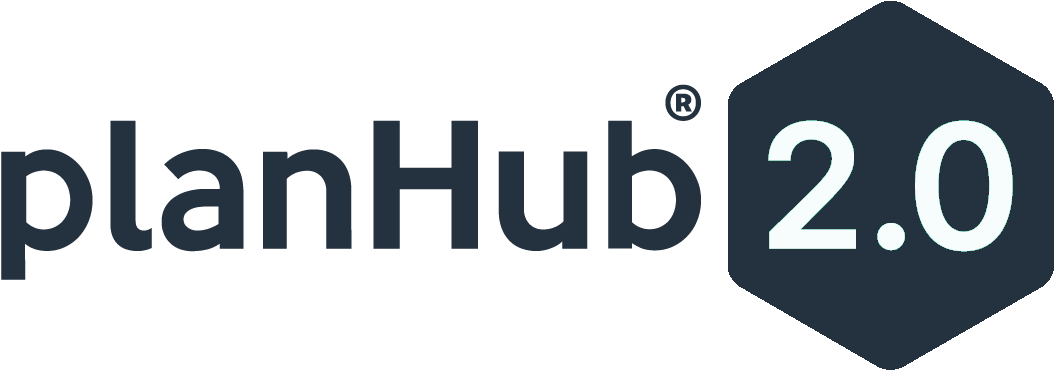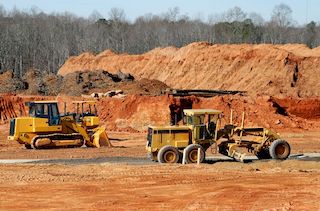Construction equipment is an expensive, but necessary, cost for most contractors. When it comes to owning equipment there are three options: renting, buying, and leasing. Determining which option is best for your company depends on the type of equipment you use and the financial position of your company.
Equipment ownership options
When it comes to construction equipment ownership, contractors have three options: rent, buy, or lease.
Renting
Renting is usually best when you need a specific piece of equipment for a defined, short-term period. Rentals are often offered for as little as one day and can last up to several months. The rental company maintains ownership of the equipment, and is responsible for delivering it, picking it up, and maintaining it. You can often get the latest models of equipment, as the rental company constantly purchases new equipment to replace their aging fleet.
Renting is best for equipment you don’t use on a regular basis or if you don’t have the means to transport and maintain it. Rental costs are usually higher than the other purchase options and it can be difficult to get certain pieces of equipment if they are in high demand or the rental company doesn’t carry them.
Buying
Buying equipment means you own it outright and are responsible for transporting and maintaining it. You control where it goes and how much it gets used. This also means you have to store it if its not in use or find somewhere else for it to go. Purchasing equipment has the largest upfront cost, but you get to claim the equipment as an asset and have the flexibility of using it whenever you need it.
Leasing
Leasing is a combination of renting and buying. It’s usually used when a contractor wants the equipment for a year or more. There are less upfront costs, as a down payment is not usually required. However, there are penalties for breaking the lease, making this an expensive option if you break the contract. Once the lease contract term is up, you can return the equipment, trade it in for a newer model, or purchase the model you’ve been leasing.
You do have to continue paying for a lease even if the equipment isn’t being used, and many lease agreements have limits on the number of hours the equipment can be used during the lease term, which can lead to additional costs.
What is the difference between equipment lease and rental?
The contract length on a rental is usually shorter than a lease. It can be as little as one day to several months and offers more flexibility if you have to extend or shorten the rental period. A lease term is usually two to three years with substantial penalties for ending the contract early.
Renting generally costs more than leasing, although both options don’t require a down payment like a purchase, making them easier to swallow from a cash flow basis.
When a rental agreement expires, you can either renew the agreement (if the equipment is available) or return it. With a lease you have more options: return it, trade it in for a newer model and sign a new lease or purchase the equipment. With most lease agreements your monthly payments are credited towards the purchase of the equipment, so you’ll have already made a sizable down payment.
What are the two types of equipment leases?
There are two types of construction equipment leases, operating and financing. The difference between the two is based on who owns the equipment during the lease period and how the cost is treated financially.
An operating lease is similar to a rental agreement, where the equipment provider retains ownership of the equipment. Care and maintenance of the equipment is the responsibility of the equipment provider, and the contractor records the expense as an operating cost or cost of goods sold, depending on how they record their project expenses. The term of this type of lease is often shorter than the expected life of the piece of equipment.
A financing lease is the opposite, where the company using the equipment bears all responsibility for the care and maintenance of the equipment and essentially owns it during the lease period. The contractor records the equipment as an asset and the expense as a liability. The term of this type of lease is often equal to the expected life of the equipment.
How to decide
How do you decide whether to rent, buy, or lease construction equipment? The answer usually depends on your company’s financial position, why you need the equipment, and how it will be maintained. Here are some questions that can help you decide the best option for your situation:
- How often will you use the equipment? How much downtime will there be? If you’re only going to use a piece of equipment for a short time or just for one project, renting is probably the best option. If you use the equipment on every job and it won’t sit idle for long, a lease or purchase is probably best.
- Do you have the skill set and/or money to provide care and maintenance of the equipment? This doesn’t mean you have to have these skills in-house, just that you need to be able to access them. If you’d much rather leave the care and maintenance of the equipment to someone else, look at an operating lease or rental. If you can handle maintenance, then a financing lease or purchase may work. Note that equipment rental companies provide their own maintenance, so they may be able to provide these services for your equipment as well.
- How hard is it to find the specific equipment you need? If your work requires tools or equipment that is hard to find, then purchasing or leasing may be your best option. Relying on a rental company to have what you need when you need it could lead to project delays and additional costs.
- Does your company have enough cash to make a down payment? If you can afford a down payment on equipment, then buying it outright may be the best option. If you can’t afford it, and don’t expect to be able to in the near future, then renting or leasing is the best option.
- Have you compared the costs of the three options? Make sure to include associated costs like insurance, transportation, repairs, maintenance, and the equipment’s potential resale value. Once you have all this information you should be able to decide which option is most cost effective for your company.
No matter which option you choose, you want to make sure your equipment stays busy and continues to provide income for your company. Using lead sites like PlanHub allows you to find more work to bid, ultimately leading to more jobs and keeping your workers and equipment busy.




